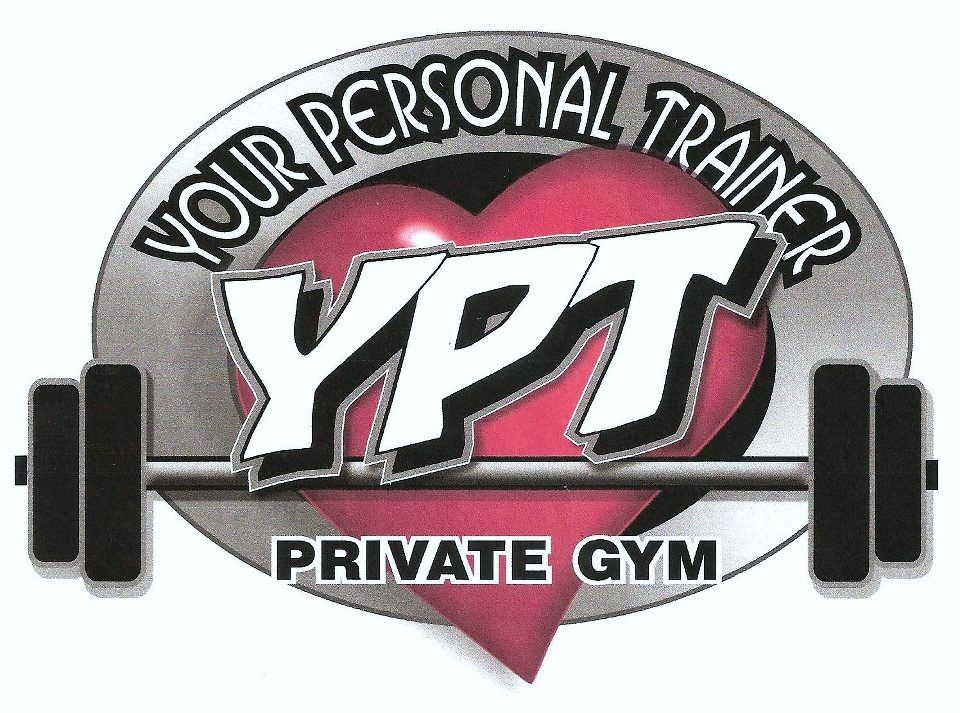

Step 4: Challenge the Flow Chartįinally, you might want to improve the process rather than just record it. Ask them to test that it works and to tell you if there are any problems or omissions. Then show your flow chart to other people, especially those who work directly with the process. Are there more decisions to be made at certain stages? Work through each step, and ask yourself whether you've represented the sequence of actions and the decisions involved correctly. When you've completed your flow chart, go back to the start and try it out to make sure that you haven't overlooked anything. Remember to show the end of the process by using an elongated circle labeled "Finish." Where you need to make a decision, draw arrows from the decision diamond to each possible solution, and then label each arrow with the decision made. Link them with arrows to illustrate the flow of the process. Then, work through your whole process, and show the actions and decisions in the order that they happen. Next, start your flow chart by drawing the elongated circle shape and labeling it "Start." Use Customer Experience Mapping if your flow chart focuses on customer service, so that you can gain a better understanding of the process. Better yet, take a hands-on approach and go through the procedure yourself, and think about the practicalities of each stage. Talk to team members who work with the process directly, and get their opinions on where improvements could be made.

Put yourself in the shoes of the person using the process, possibly for the first time. Ask questions such as, "What happens next in the process?" or, "Do you need to make a decision before the next step?" or, "What approvals are required before you move on to the next task?"
WEEK 3 CHALLENGE DISK MAP HOW TO
How to Create a Flow Chartįollow these four steps: Step 1: Identify Tasksīegin by listing all of the tasks in a process in chronological order.

If your process or project involves several people or teams, you might find it more useful to use a Swim Lane Diagram rather than a flow chart – this helps you to show process flows between people and teams. You'll be able to focus on the detail of each individual stage, without feeling overwhelmed by the rest of the process, and then "zoom out" again to see the wider picture. And you'll more likely identify who you should involve and at what stage, such as senior management or a compliance authority.īut you can also benefit from the process of creating a flow chart itself, as you build it step by step. It can also help you to estimate the timescale of the process, as you're better able to gauge the time needed for each task along the way. This tool's simplicity makes communicating and documenting a process quick and clear, so that the process will more likely be understood and applied correctly and consistently. And an HR department might combine a flow chart with an organogram to show people who to contact about issues and when. A manufacturer could ensure that it keeps to its values by applying a quality-control flow chart that presents questions and decision points. Inexperienced team members might follow a flow chart to help them to complete activities in the right order.
WEEK 3 CHALLENGE DISK MAP MANUAL
Identify bottlenecks or waste in a process.įor example, software developers can use them to work out how the automated and manual parts of a process join up.So, be sure to keep things simple ! When to Use a Flow ChartĪll manner of organizations use flow charts to: If you use symbols that only a few people understand, you may fail to get your message across. You can use many other symbols in a flow chart but remember that these diagrams are used for communication.


 0 kommentar(er)
0 kommentar(er)
